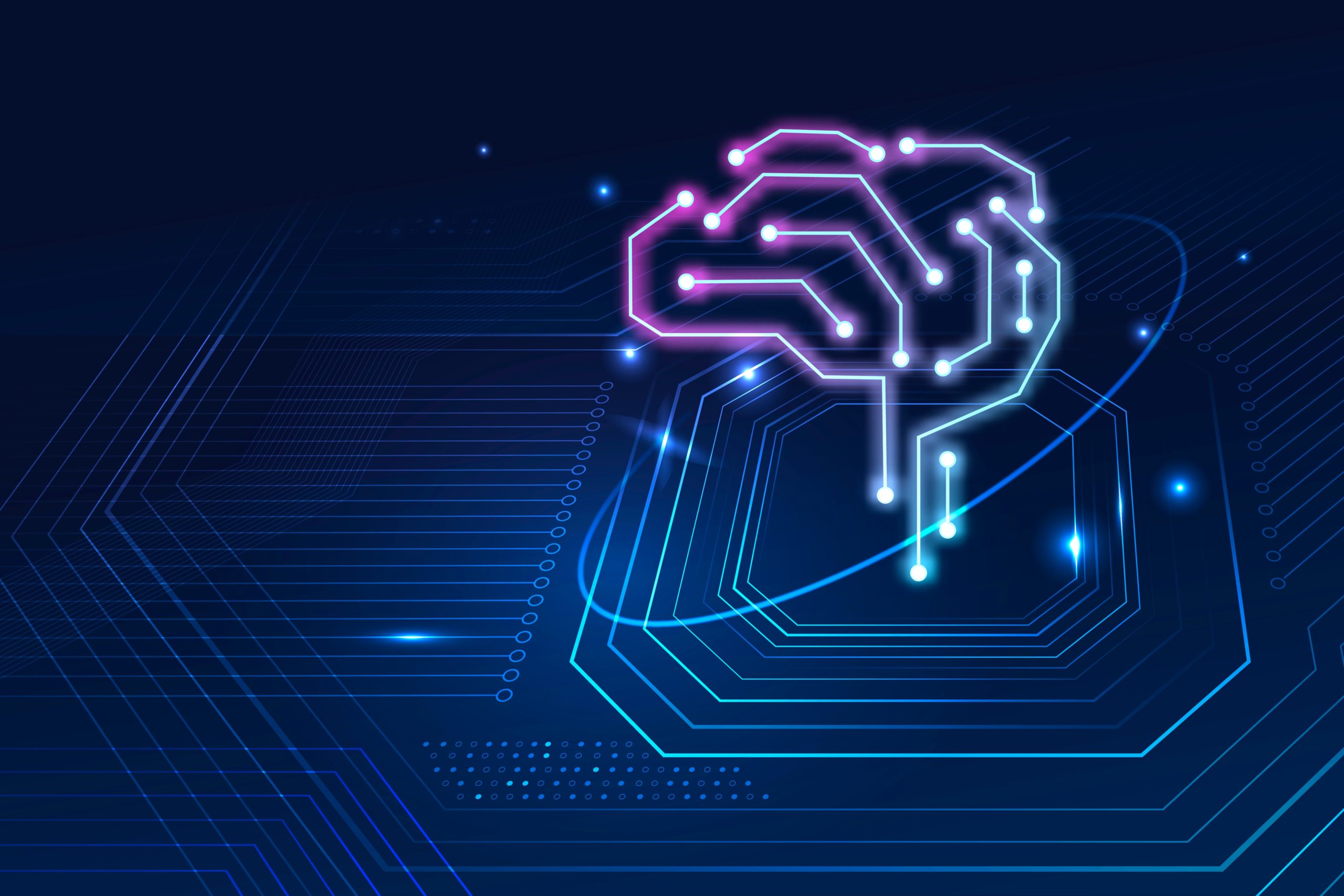
Generative AI has been revolutionizing industries across the board, offering countless opportunities for innovation and growth. From creating realistic virtual worlds to optimizing manufacturing processes, the potential of these advanced algorithms seems boundless. In a recent article published by McKinsey, the authors explore the many opportunities the generative AI value chain offers. This blog post will delve into some key takeaways from the article, highlighting the importance of understanding the value chain and the myriad ways generative AI can transform businesses.
1. The Value Chain of Generative AI:
The generative AI value chain comprises several key components: data, algorithms, applications, and platforms. Each component plays a critical role in the development and deployment of generative AI solutions:
- Data: Generative AI requires vast amounts of data to train the models. Data quality, diversity, and availability directly impact generative AI systems’ performance.
- Algorithms: Various generative algorithms, such as Generative Adversarial Networks (GANs) and Variational Autoencoders (VAEs), are employed to create new data or augment existing data.
- Applications: Generative AI can be utilized across various industries, from healthcare and finance to retail and entertainment.
- Platforms: A range of platforms and tools, both open-source and proprietary, exist for developing and deploying generative AI solutions.
2. Unlocking Opportunities in Data and Algorithms:
Data is the lifeblood of generative AI, and acquiring, managing, and utilizing data effectively is crucial for organizations. Companies that can access unique or high-quality data sets have a competitive advantage. Data synthesis and augmentation can significantly improve data quality and diversity, leading to better AI performance.
Generative algorithms are continually evolving, offering new possibilities for creating high-quality data. By keeping up with the latest algorithm advancements and investing in research and development, organizations can stay ahead of the curve and leverage generative AI to its fullest potential.
3. Applications of Generative AI Across Industries:
Generative AI is transforming a wide array of industries, offering numerous applications:
- Healthcare: Generative AI can be used for drug discovery, simulating patient outcomes, and creating realistic medical images for training.
- Finance: The technology can help optimize trading strategies, detect fraud, and generate risk scenarios.
- Retail: AI-driven product design, personalized recommendations, and optimized supply chains are just a few applications in the retail sector.
- Entertainment: Generative AI can create realistic virtual environments, generate music or artwork, and develop video game characters
4. Platforms and Tools for Generative AI Development:
Open-source and proprietary platforms and tools are available to develop and deploy generative AI solutions. These include TensorFlow, PyTorch, and NVIDIA’s GANPaint Studio. By leveraging the right tools and platforms, organizations can accelerate the development of their generative AI projects and reap the benefits of this transformative technology.
Conclusion:
The generative AI value chain offers many opportunities for businesses willing to embrace this cutting-edge technology. Understanding the value chain components and identifying areas where generative AI can provide the most value are critical steps in harnessing its full potential. By investing in data, algorithms, applications, and platforms, organizations can unlock the transformative power of generative AI and revolutionize their industries.
#GenerativeAIRevolution #AIValueChain #DataDrivenInnovation #CrossIndustryAI #NextGenAlgorithms
